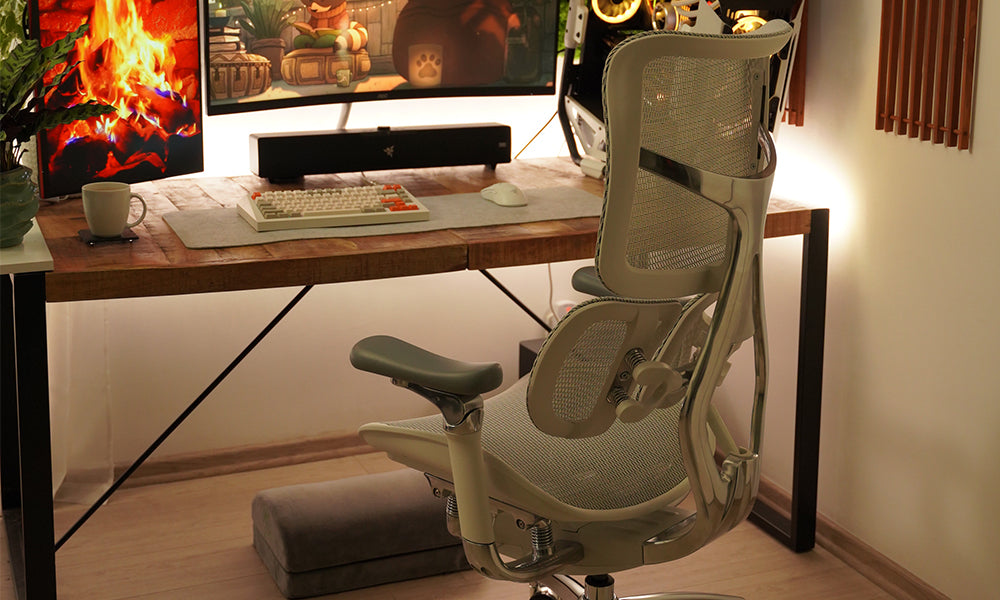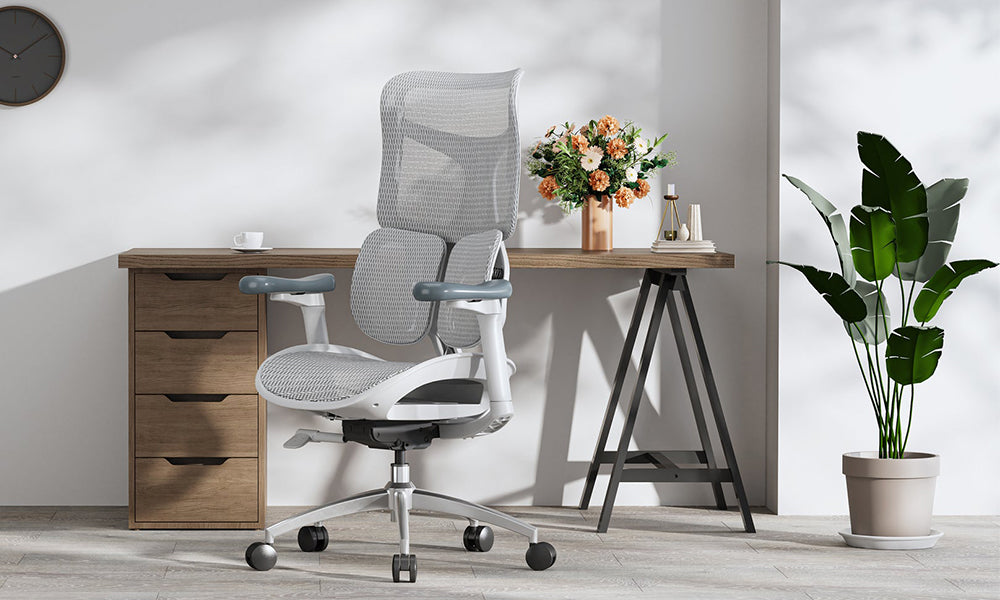Creating your own height adjustable standing desk can be a rewarding project that enhances your workspace while promoting better posture and productivity. Whether you want a sleek modern design or a rustic wooden finish, building a custom standing desk allows you to tailor it to your specific needs and style. Here’s a step-by-step guide with tips to help you build the perfect desk for your home or office.
1. Gather Your Materials
Before you begin, gather all the materials you will need for your project. Here's a basic list to get you started:
- Desktop Surface: Plywood, reclaimed wood, or a pre-made desktop. Choose the size and thickness based on your workspace.
- Height Adjustment Mechanism: You can choose between manual crank systems, pneumatic lifts, or electric motor lifts.
- Frame or Legs: Metal or wooden legs that can support the weight of your desk. Adjustable legs are ideal for height adjustment.
- Fasteners: Screws, bolts, and brackets for assembly.
- Tools: Drill, saw, level, measuring tape, and screwdriver.
2. Design Your Desk
a. Determine Dimensions
Before you start cutting materials, measure the space where the desk will reside. Consider the following:
- Height: Standing desks should be adjustable, but a comfortable height is typically between 38 to 50 inches.
- Width: Depending on your equipment and workspace, a width of 48 to 72 inches is ideal for most users.
- Depth: A depth of 24 to 30 inches is sufficient for monitors and workspace items.
b. Sketch Your Design
Draw a simple sketch of your desk design, considering the layout of your electronics (e.g., monitors, keyboards). If you plan on using multiple monitors, make sure there’s ample space.
3. Build the Desktop
a. Choose Your Surface
Select a desktop surface that fits your aesthetic and functional needs. Plywood is a popular choice due to its affordability and versatility. For a more finished look, consider solid wood or a laminate surface.
b. Cut and Finish
If you’re cutting your desktop from a larger sheet:
- Measure and Mark: Use your measurements to mark the desktop surface.
- Cut: Use a circular saw or table saw to make straight cuts.
- Sand: Smooth the edges and surface with sandpaper to prevent splinters.
- Finish: Apply wood stain or sealant if desired for protection and aesthetics.
4. Create the Frame
a. Choose the Right Frame Type
You can either build a frame from scratch using wood or purchase a pre-made adjustable frame. If building from scratch:
- Cut the Frame Pieces: Use 2x4s for a sturdy construction. You’ll need two long side pieces and two shorter pieces for the width.
- Assemble: Use wood screws to join the pieces into a rectangular frame.
- Add Vertical Supports: If you want added stability, include vertical supports in the center of the frame.
b. Attach Adjustable Legs
Attach your height adjustment mechanism to the frame:
- Manual Crank or Pneumatic System: Follow the manufacturer’s instructions to install the mechanism correctly.
- Electric Motor: If using an electric system, ensure that it’s wired correctly and securely attached to the frame.
5. Assemble the Desk
a. Attach the Desktop to the Frame
Once your frame is ready and the height adjustment mechanism is in place, carefully flip it over and:
- Align the Desktop: Center the desktop over the frame.
- Secure: Use screws to attach the desktop to the frame. Be sure to use enough screws to hold the weight of your equipment.
b. Check Stability
After assembly, check for stability:
- Ensure that all connections are tight.
- Use a level to check that the desk is even.
6. Add Finishing Touches
a. Cable Management
Keep your workspace organized by adding cable management solutions. Consider:
- Cable Clips: Attach to the underside of the desk to hold cables in place.
- Cable Sleeves: Wrap multiple cables together for a clean look.
- Power Strips: Attach a power strip underneath the desk for easy access to outlets.
b. Personalize Your Desk
Make your desk your own by adding:
- Desk Accessories: Organizers, plants, or art to enhance your workspace.
- Monitor Stands: Elevate your monitor to eye level to promote better posture.
- Keyboard Tray: If desired, install a keyboard tray that can slide out to keep your desktop clear.
7. Enjoy Your New Desk!
Once everything is in place, take a moment to admire your hard work. Test the height adjustment to ensure everything functions smoothly, and make any necessary adjustments.
Conclusion
Building a custom height-adjustable standing desk can be an enjoyable and satisfying project that enhances your work environment. By following these steps and tips, you can create a functional and stylish desk tailored to your needs. Remember to prioritize ergonomics to ensure a comfortable working experience, and enjoy the benefits of your new standing desk!







Laisser un commentaire
Ce site est protégé par hCaptcha, et la Politique de confidentialité et les Conditions de service de hCaptcha s’appliquent.